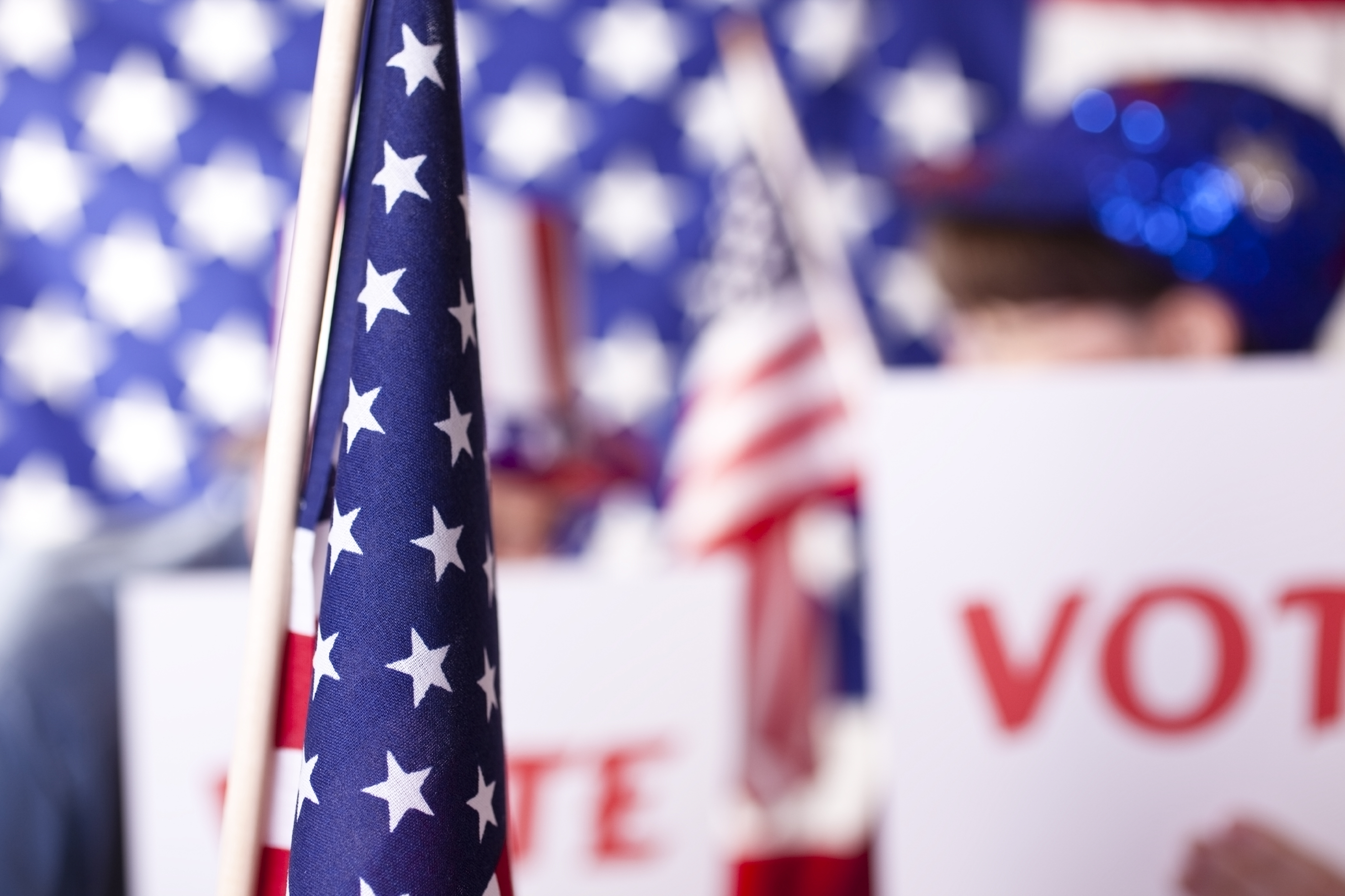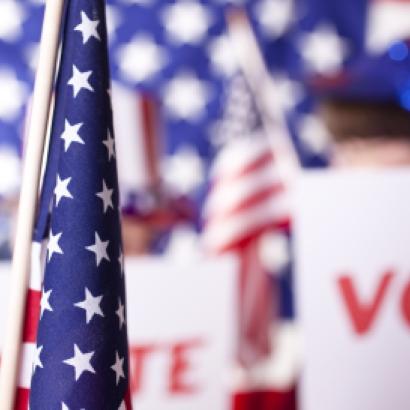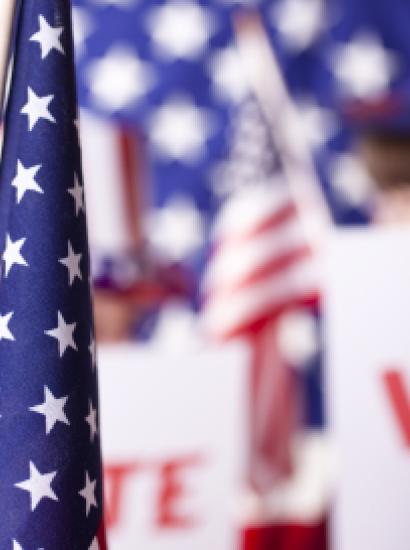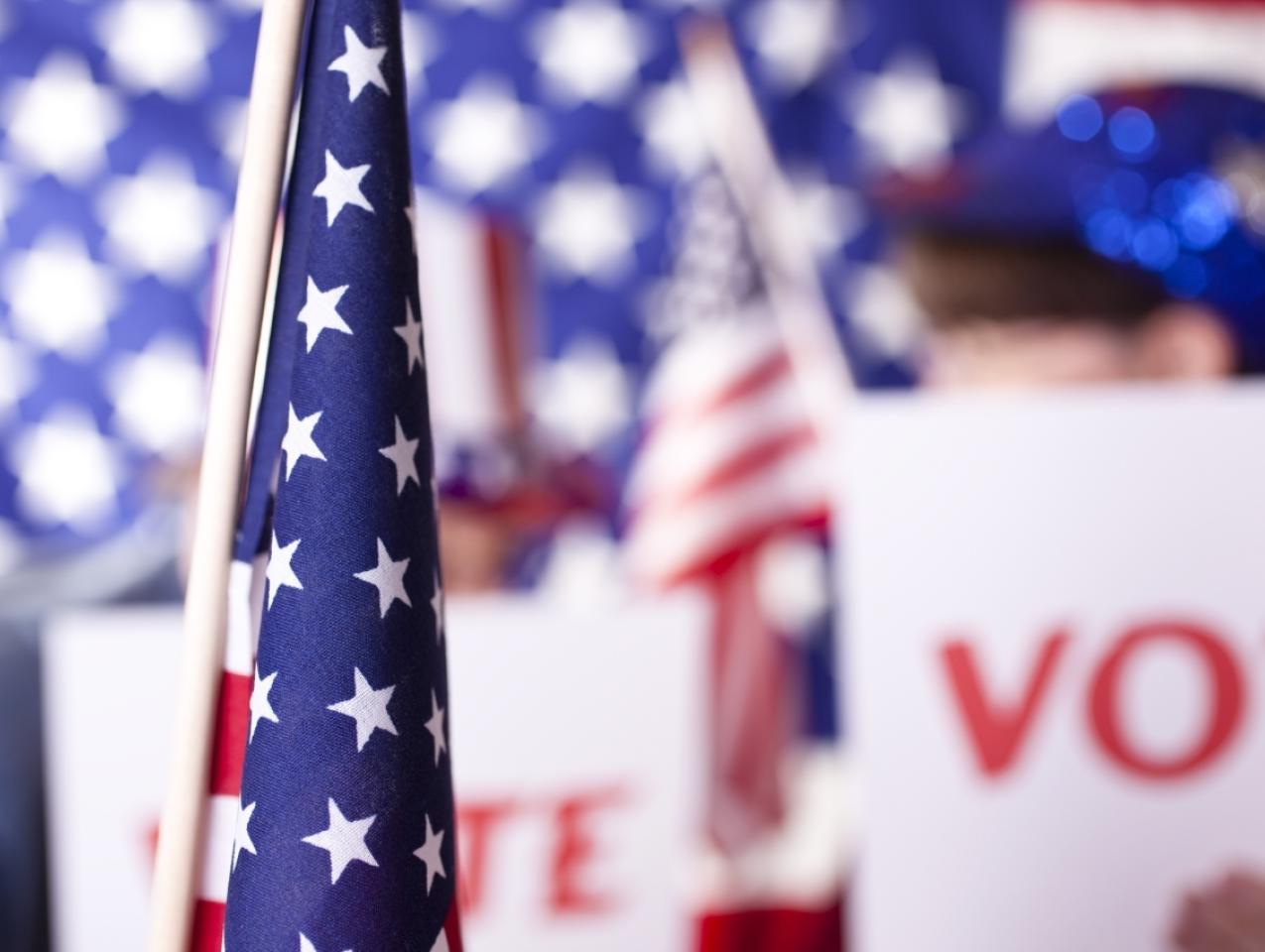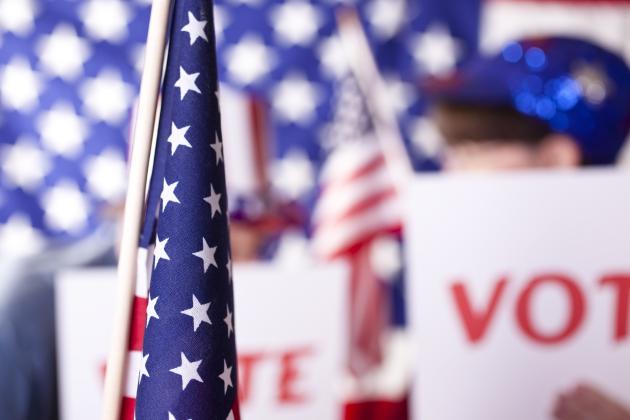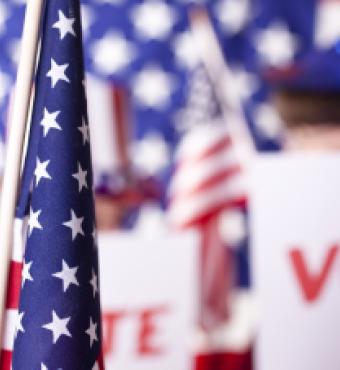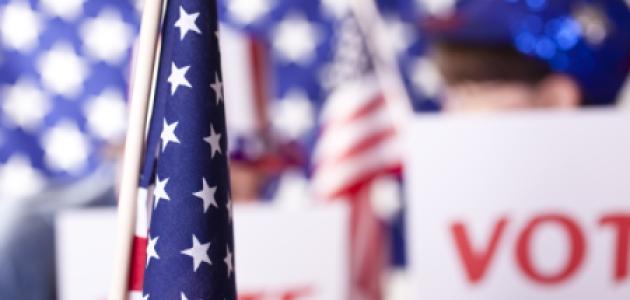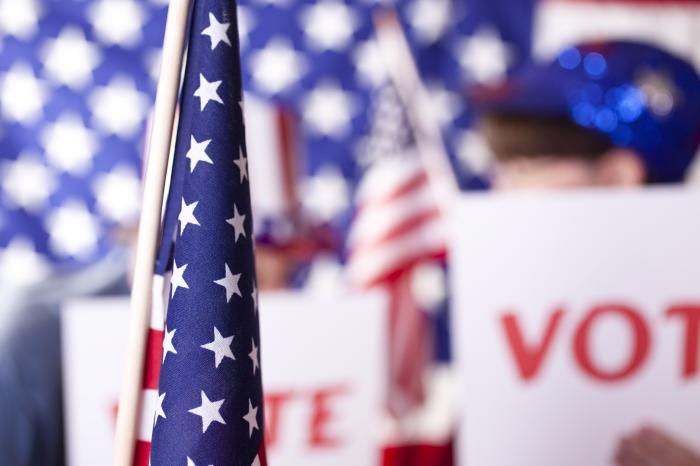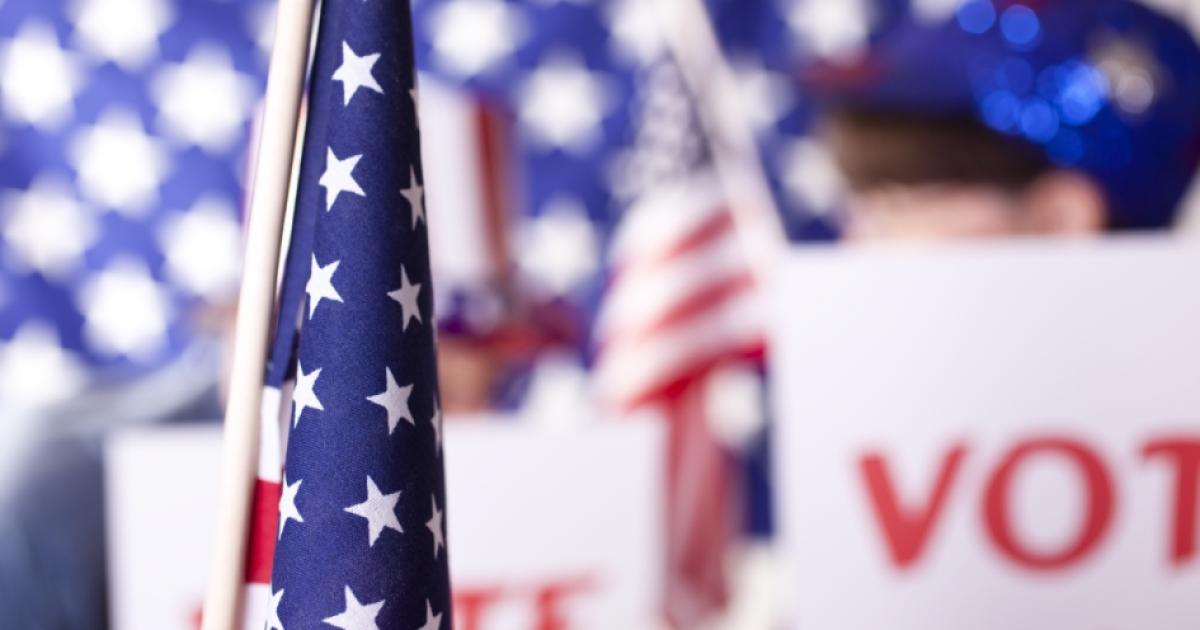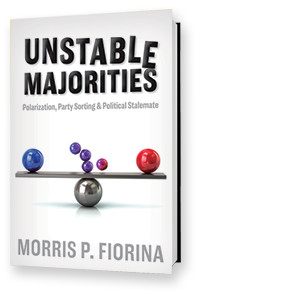As the polls universally predicted, Hillary Clinton won the popular vote. But contrary to universally held expectations, Donald Trump shocked the political world by breaching the Democrats “blue wall” and winning a majority of the Electoral College. This was only one of myriad controversies associated with the 2016 voting, several of which continue months after the election. Disappointed commentators pronounced that Trump’s win was a victory for racism, sexism, ethnocentrism, and other social pathologies. As we discuss in the next essay, preliminary analyses indicate that such charges are exaggerations at best. In this essay, we note that the voting in 2016 was little different from that in 2012. But in a majoritarian system like that in the United States, small shifts in votes can have enormous consequences for political control and public policy. The data indicate that millions of Americans faced a choice between two candidates they regarded as extremely unattractive. Far from an endorsement of Trump’s more incendiary positions, Americans voted for him in spite of those positions, believing that the alternative was worse.
ESSAY PREVIEW
The 2016 Presidential Election—An Abundance of Controversies by Hoover Institution on Scribd







